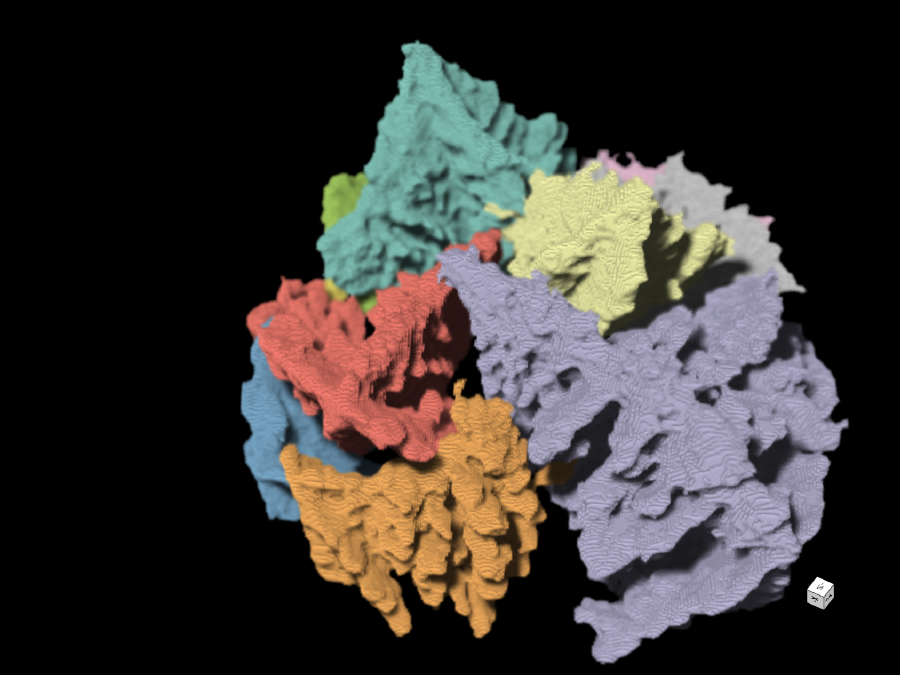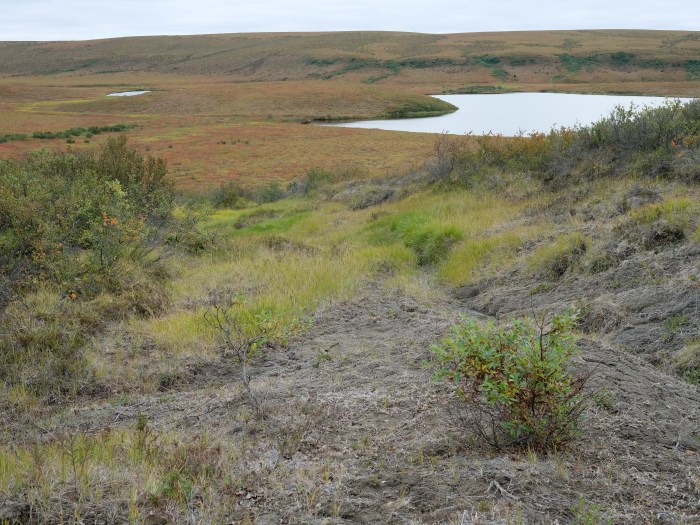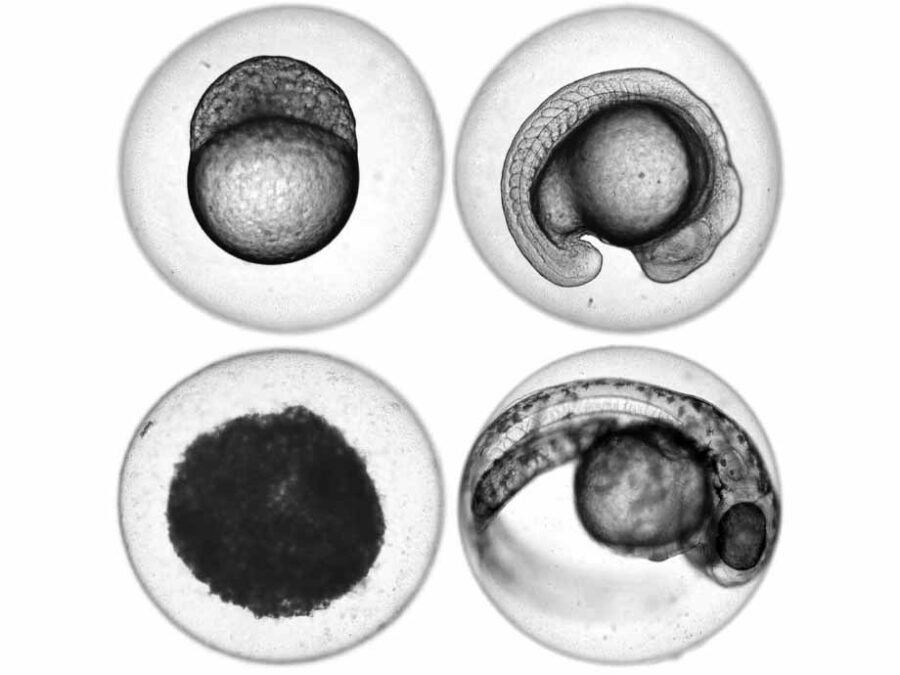NImRLS
Neuroimaging Biomarkers for Restless Leg Syndrome

“You have to see the data from large-scale health studies as a gold mine”, says Dr. Federico Raimondo: “We know there is a lot of gold in there, but we have to find it first!” Through this HI project, the computer specialist and colleagues aim to tap more effectively into the existing troves of data. “The biggest challenge is in making these gigantic amounts of data manageable.”
The team aims to blaze a trail through the data in a concrete case study. Their subject is restless leg syndrome (RLS), which is behind many severe sleep disorders and forms of depression. Research has already identified many of the genes implicated in this widespread disorder, but there is not enough linking the physical manifestations in the brain to the genetic basis so that those manifestations can be used as biomarkers in diagnosing the condition. Large-scale health studies have databases that hold both types of information – brain scans and genomic data – on each individual patient.
The task is now to connect the two. “We are searching though patient brain scans for structures that are typical for this syndrome,” Federico Raimondo says. The team can draw on data from the UK Biobank, for example, which currently stores data and images from more than 40,000 participants. The aim of the project is to organise these volumes of data so that machine learning systems can sift through them for relevant connections. The information delivered is expected to be highly useful in health research overall, since the highly complex data analysis software should be portable to other fields of medical research.
Other projects
Avanti
X-ray tomoscopy of dynamic manufacturing processes
How can the manufacturing processes of materials be mapped at the smallest level? How do you train an artificial intelligence to analyze these processes automatically? That's the focus of the Avanti project, which aims to improve X-ray tomoscopy – the imaging and quantification of three-dimensional images of very fast-moving processes.HIT Permafrost
The Hidden Image of Thawing Permafrost
The project aims to develop a method for determining just how extensively thaw processes have already progressed in permafrost regions. The machine learning approach to be developed will be used to analyse radar images from aircraft in order to learn more about the properties of the subsurface permafrost.ImageTox
Automated image-based Detection of Early Toxicity Events in Zebrafish Larvae
ImageTox wants to establish an automated image-based system to assess zebrafish larval development. This will allow for a fast and unbiased evaluation of pathophysiological events during toxicological studies. To achieve this, the imaging process has to be optimized and a reliable model for sequence recognition based on deep learning has to be developed.

